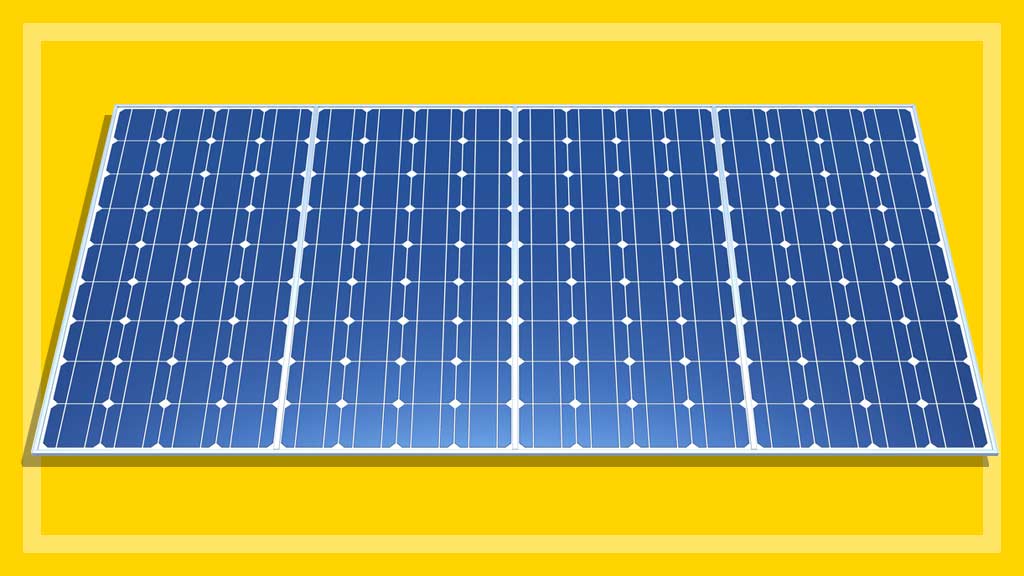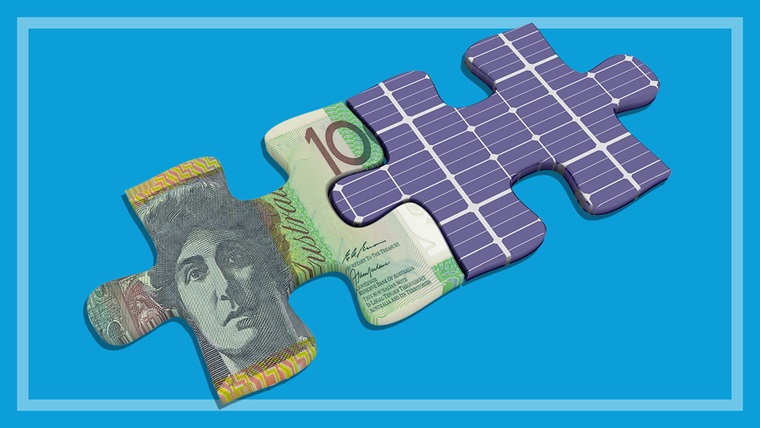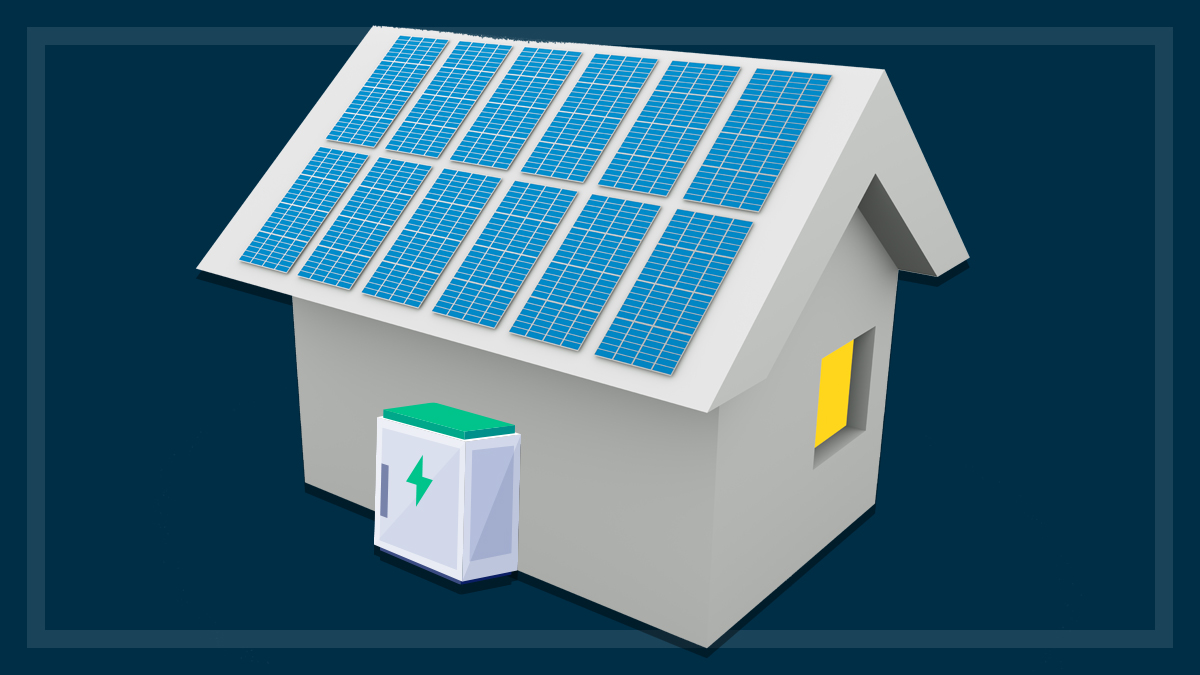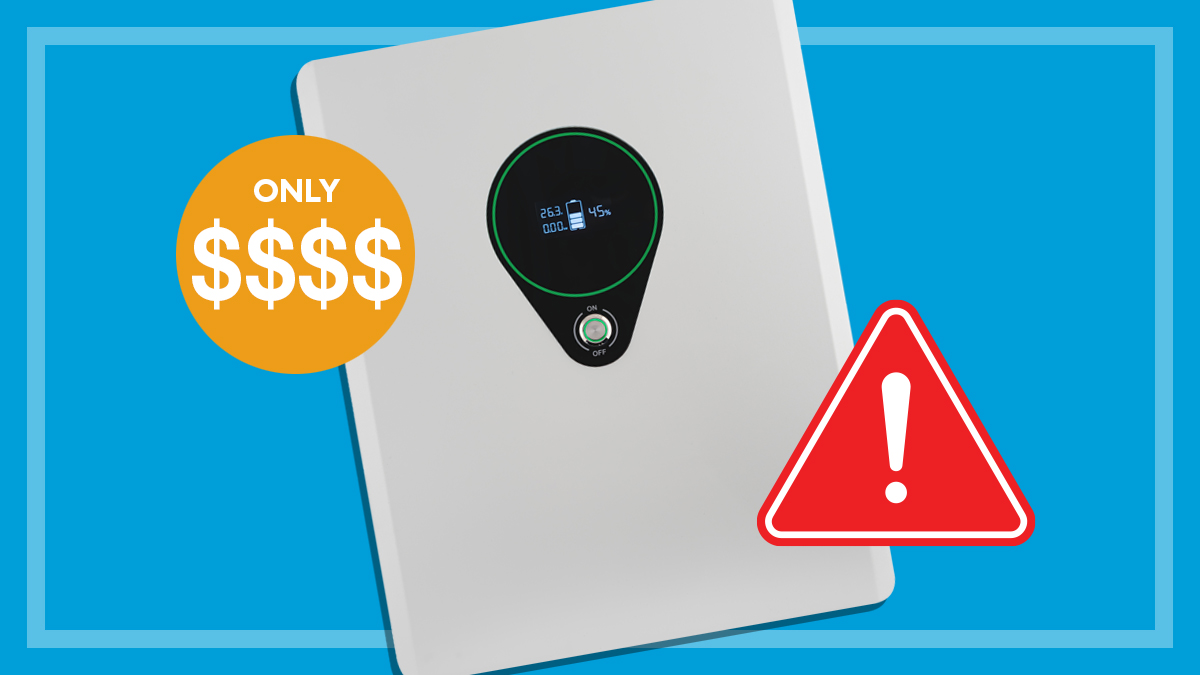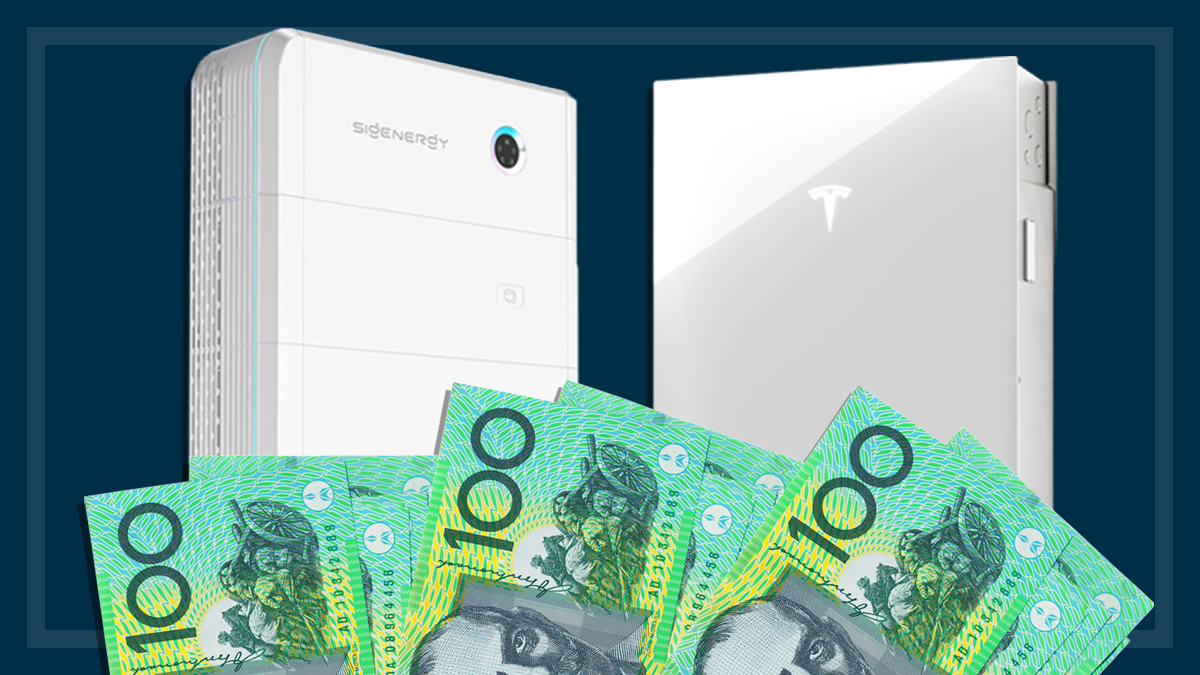Get our independent lab tests, expert reviews and honest advice.
The best solar storage batteries: Tesla Powerwall and more put to the test
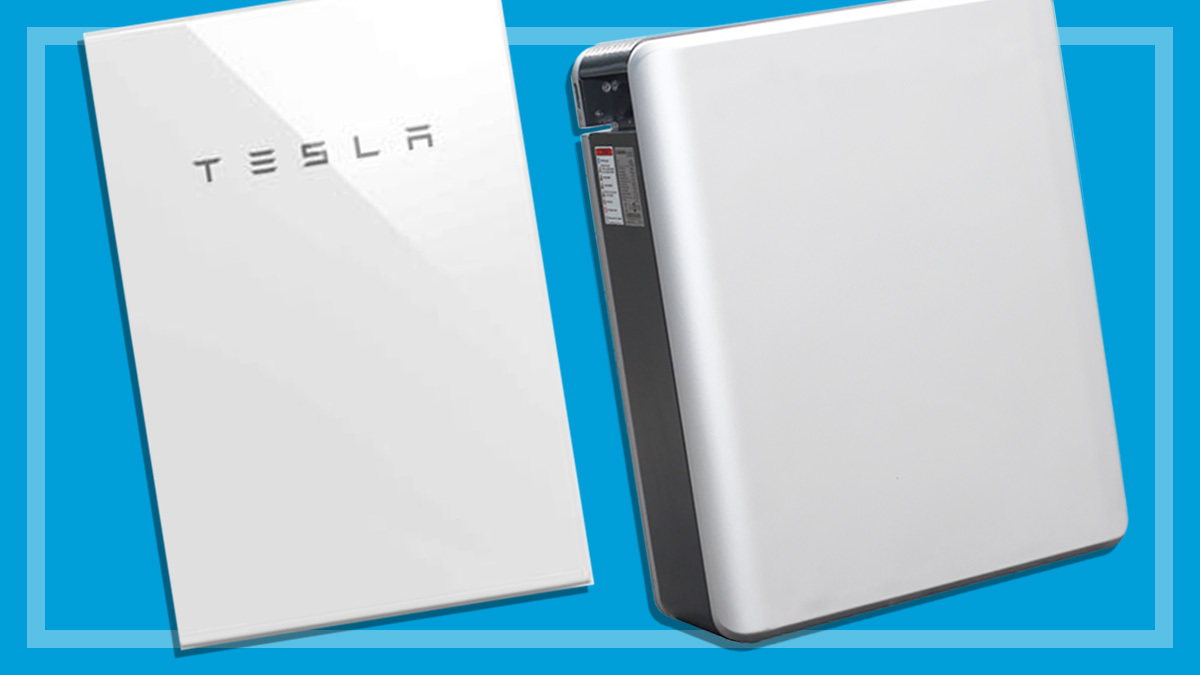
If you’ve got solar panels on your home, or you’re considering getting them, then you’re probably wondering if you should get a storage battery as well – and if so, which one is best?
On this page:
- About the solar battery trial
- Top performing storage batteries
- After the trial: Observations and wrapping up
An independent trial of solar storage batteries ran in Canberra from 2016 to 2022 to see how well they meet their performance claims over time. ITP Renewables tested batteries from Tesla, LG Chem, Alpha ESS and more, and not all of them survived.
The trial was run in three phases. Phase one began in 2016, Phase 2 in 2017, and Phase 3 in 2019. New batteries were introduced in each phase, and where practical, any older batteries still functioning were kept running. Here’s a summary of the results from all three phases of the trial.
About the solar battery trial
Our solar battery buying guide explains the general details of what to consider and whether a battery is likely to be cost-effective. But does a Tesla Powerwall beat an LG Chem battery? Should you go with other brands, or non-lithium types like Redflow? And do they all really meet their performance claims?
Sounds like we need a comparative test under controlled laboratory conditions! Unfortunately, while CHOICE’s labs excel at product testing, a test of these batteries is far too expensive for us to undertake.
Fortunately, someone else has done the work. ITP Renewables, a renewable energy consulting and project management company, ran a battery trial in Canberra, starting in 2016 and concluding in March 2022.
With major funding grants totalling $1,290,000 from the Australian Renewable Energy Agency (ARENA), they built a test facility and tested storage batteries under an accelerated program designed to measure performance and reliability under typical Australian conditions.
CHOICE was not involved with this project, but we liaised with ITP Renewables as the project progressed and reported on it a number of times. This article is the final summary of the results.
Lessons for consumers from the solar battery trial
- Malfunctions are all too possible with a storage battery.
- Some battery manufacturers have already exited the market, and new ones keep appearing.
- If you get a storage battery, it’s best to stick with major brands to make sure you get good warranty support.
- Installation by an experienced solar battery installer is a must.
Storage battery technology is complex and still evolving, as is the industry itself. The trial has demonstrated that there’s a fair chance that a battery bought today will be obsolete within a few years – or worse, it might malfunction.
Obsolescence is not a problem in itself as long as the battery keeps on working as claimed. But also, some manufacturers and distributors might not still be around to honour warranty claims – something that happened during this trial.
Apart from the possible technical issues, it’s still the case that batteries don’t yet make full economic sense for most households, though we expect that to change within the next decade. We recommend you do your sums carefully to understand the economics for putting one in your home.
Many people are still investing in a battery regardless of the marginal economics in order to give their home more energy security and become more independent from energy companies.
If you do go ahead and get a battery, it’s important that it’s installed by experienced technicians who are familiar with the individual requirements of the product. As with any solar installation, look for a CEC-accredited installer – in this case, look for one who has specific accreditation for battery installation.
You can also use our Solar Estimator tool (in partnership with SolarQuotes) to get quotes from reliable installers in your area.
Good warranty support is also essential, so we advise sticking with major brands who you can expect to still be around in 10 years.
Solar battery trial results
- Several batteries failed in testing, while others have run with no significant problems.
- Only one battery from the original Phase 1 set from 2016 stayed operational all the way to the end of the trial in 2022 (Sony Fortelion).
- Some other Phase 1 models ran OK but were eventually retired from the test as their test period was over, there was no value in continuing their testing, and space was needed for newer batteries.
- Two batteries from Phase 2 ran without major problems (GNB Lithium and Pylontech), while some others had to be replaced at different times due to problems (BYD B-Box, LG Chem HV, Redflow and Tesla Powerwall 2).
- Several batteries had major failures (with either the battery itself, or essential manufacturer support) and were either removed from the test or replaced with new samples.
- A new batch of eight batteries (Phase 3) entered the trial in late 2019. Most of them ran OK through to the end of the trial, though two (SolaX and sonnen) developed faults and had to be repaired or replaced.
Overall, it’s disappointing how many of the batteries failed at different stages of testing. That said, some batteries proved to be sturdy and reliable, and support from several of the manufacturers was good, which is encouraging.
Top performing storage batteries
If you’re making the leap to installing a home battery, here are the solar battery models that demonstrated superior performance.
- The Sony and Pylontech battery packs demonstrated superior capacity retention – that is, their claimed capacity didn’t significantly diminish over time. Other batteries introduced in Phases 2 and 3 also showed good capacity retention but were not run through as many cycles as these two.
- The Sony, Samsung, Tesla Powerwall and Powerwall 2, BYD and Pylontech had generally good reliability.
- The Samsung and BYD had consistently high efficiency. This is a measure of how much of the energy put into the battery is actually stored and able to be extracted for use again.
Individual problems and results for each battery are detailed below.
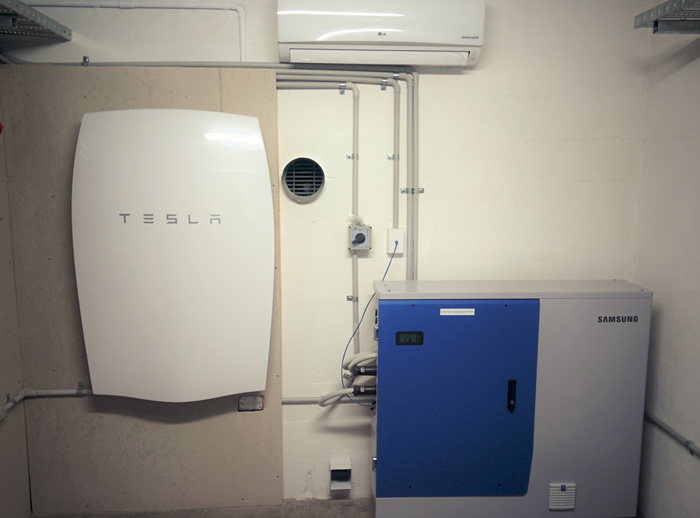
List of batteries in the test
Phase 1 of the test started in 2016 with eight batteries that were available at that time, and Phase 2 added another 10 models in 2017. Phase 3 added eight more batteries which were installed in late 2019 and began testing in January 2020. Most of the batteries are lithium-ion – the most common battery chemistry available – but some other types such as lead-acid and flow batteries were included.
Each battery consists of battery cells plus a battery management system (or BMS – this is built-in hardware and software which manages the cell charge levels, voltages and so on). Most do not come with a built-in battery inverter (the device which actually controls power flowing to and from the battery).
| CALB CA100 | 1 | China | Lithium ion (lithium iron phosphate) | 10.24 |
| EcoUlt UltraFlex | 1 | USA | Lead acid carbon | 14.8 |
| GNB Sonnenschein Lead-Acid | 1 | Germany | Lead acid | 15.84 |
| Kokam Storaxe | 1 | Korea | Lithium ion (nickel manganese cobalt) | 8.3 |
| LG Chem RESU 1 | 1 | Korea | Lithium ion (nickel manganese cobalt) | 9.6 |
| Samsung AIO10.8 | 1 | Korea | Lithium ion (nickel manganese cobalt) | 11.6 |
| Sony Fortelion | 1 | Japan | Lithium ion (lithium iron phosphate) | 10.24 |
| Tesla Powerwall | 1 | USA | Lithium ion (nickel manganese cobalt) | 10.24 |
| Alpha ESS M48100 | 2 | China | Lithium ion (lithium iron phosphate) | 9.6 |
| Ampetus Super Lithium | 2 | China | Lithium ion (lithium iron phosphate) | 9 |
| Aquion Aspen | 2 | USA | Aqueous hybrid ion | 17.6 |
| BYD B-Box | 2 | China | Lithium ion (lithium iron phosphate) | 10.2 |
| GNB Sonnenschein Lithium | 2 | Germany | Lithium ion (nickel manganese cobalt) | 13.6 |
| LG Chem RESU HV | 2 | Korea | Lithium ion (nickel manganese cobalt) | 9.8 |
| Pylontech US2000B | 2 | China | Lithium ion (lithium iron phosphate) | 9.6 |
| Redflow Zcell | 2 | Australia* | Zinc bromide flow | 10 |
| SimpliPhi PHI3.4 | 2 | USA | Lithium ion (lithium iron phosphate) | 10.2 |
| Tesla Powerwall 2 | 2 | USA | Lithium ion (nickel manganese cobalt) | 13.5 |
| BYD B-Box HVM | 3 | China | Lithium ion (lithium iron phosphate) | 11.04 |
| DCS PV 10.0 | 3 | Australia/ China/ Japan | Lithium ion (lithium iron phosphate) | 10 |
| FIMER REACT 2 | 3 | Italy/ Japan | Lithium ion (nickel manganese cobalt) | 8 |
| FZSoNick | 3 | Switzerland | Sodium nickel chloride | 9.6 |
| PowerPlus Energy LiFe Premium | 3 | Australia | Lithium ion (lithium iron phosphate) | 9.9 |
| SolaX Triple Power | 3 | China | Lithium ion (nickel manganese cobalt) | 12.6 |
| sonnenBatterie | 3 | Germany/ Australia | Lithium ion (lithium iron phosphate) | 10 |
| Zenaji Aeon | 3 | Australia/ China | Lithium ion (lithium titanate) | 9.6 |
How each battery performed
We’ve listed the batteries below in alphabetical order. Typical problems encountered include:
- operational failures such as the battery shutting down unexpectedly or unexpectedly reducing in performance
- lack of manufacturer support for technical issues
- accelerated capacity fade (the capacity of the battery is how much energy it can store – it’s expected to decline in an orderly fashion over several years, but for some models their capacity faded faster than it should)
- poor performance during summer temperature tests (batteries don’t generally like extreme temperatures, but these models should be expected to cope with a wide range of climates).
The battery did not perform as expected during the 2018/19 summer temperature tests, with the battery cycling at a reduced charge and discharge rate. The manufacturer stated this was abnormal and took the test battery away for their own analysis in March 2019. The battery was not replaced.
ITP Renewables had difficulties in commissioning this battery (i.e. setting it up and getting it running with a connected inverter). The battery pack had issues with reliability and shut itself down frequently. The Chinese manufacturer, Sinlion, would not honour the product warranty for this fault, which apparently occurred with other samples as well, and ultimately Ampetus, the Australian company selling the batteries, went into receivership.
This interesting battery is not lithium-ion or lead-acid – instead it uses a salt water electrolyte. Unfortunately, ITP Renewables wasn’t able to get this battery fully set up and running with an inverter, as Aquion went bankrupt in early 2017 and couldn’t provide the final support needed. The company has since been bought out but is not supporting products bought before the bankruptcy, and it’s not clear what presence they now have in Australia.
This battery generally ran without problems, and demonstrated high efficiency, though its capacity fade appeared to accelerate over time. Eventually the battery failed in 2020, with the fault suspected to be an internal battery management system (BMS) failure of one module. The battery was replaced in the test in late 2020 with a newer version (LVS), which ran without any problems to the end of the trial in March 2022.
This replaced an earlier BYD B-Box HV battery which was installed at the start of Phase 3 and ran without problems, but was superseded by the newer HVM model, and ITP Renewables thought it better to test the new model instead.
The HVM had some early problems in 2020 with getting ‘stuck’ after a scheduled outage (it couldn’t be turned on or off) and later with its internal DC breaker tripping. BYD assisted in resolving these problems – the second problem was due to out-of-date firmware in the Sunny Boy inverter being used with this battery.
A firmware update was performed on the battery in October 2021 which appeared to slightly increase the battery’s capacity. After that, it ran without problems to the end of the trial in March 2022.
The CALB was the only battery system in the trial with an external BMS from a different manufacturer to the battery itself. A faulty cell was replaced early on, and since then there were also issues with cycling, possibly due to another weak cell or poor management by the BMS.
Although test data indicates that this battery appeared to perform efficiently and was reasonably likely to meet its lifetime claims, the operational issues reduce the reliability of this data. Testing for this battery finished in 2019.
This Deep Cycle Systems battery was installed in 2020 as part of Phase 3. Its BMS isn’t designed to communicate with the inverter, so the inverter has to estimate the state of charge at any given moment. The battery was cycled between its minimum and maximum voltage limits as per DCS advice but the full capacity of the battery was not discharged through this method.
The battery performed OK until near the end of the trial in 2022, when it was observed that the battery had rapidly declined in capacity (down to about 57%). The manufacturer was contacted and they asked for the battery to be sent back to them for analysis. At the time of writing, there was no update on the cause of the problem.
This advanced lead-acid battery had a number of operational problems relating to integration of the battery with the inverter, some of which may have been exacerbated by the accelerated cycling program. EcoUlt replaced the original batteries. Later, EcoUlt advised ITP Renewables that the replacement product on test had been permanently damaged. No conclusions can be made from the data collected.
According to ITP, this is a demonstration of how essential it is to get the battery/inverter integration just right, rather than a problem with the EcoUlt battery itself. Testing for this battery finished in 2019.
At the time this battery was bought for Phase 3 of the test, it was sold by ABB, but since then ABB’s solar inverter business was acquired by FIMER, which is honouring existing warranties. The battery performed OK until near the end of the trial in March 2022, when a decline in energy discharge was noted.
The manufacturer investigated and found that one of the two battery modules within the unit was dropping below 5% charge, though the other battery module should have kept performing. They’re testing to see why the unit as a whole was not discharging correctly. At the time of writing, there was no update on the cause of the problem.
This Phase 3 battery’s sodium nickel chloride technology is promoted as having high density, a wide operational temperature range, and low fire risk. In addition, the battery is 100% recyclable in Australia. In the test, it had a different cycling regime due to its different chemistry.
Like some other models, its BMS doesn’t communicate directly with the inverter, so the inverter can only estimate the battery’s current state of charge. Instead, ITP Renewables was able to implement a system which directly reads the state of charge from the BMS, and used this to control the battery.
In January 2022 it was observed that the battery had reduced to 80% charge, but a firmware update to the battery fixed this and it ran without problems to the end of the trial in March 2022.
This battery ran without operational problems, though some inconsistent data for energy discharged each cycle suggested a possible fault. However, the manufacturer said there was no fault apparent with the battery and ITP Renewables adjusted the cycling range after clarifications from GNB on the battery’s charge limits.
From then on, it continued to operate and the calculated battery capacity slightly improved, but by the end of the trial the capacity had significantly reduced to about 37%.
The Sonnenschein lead-acid batteries had several problems in the test. Their overall capacity reduced, and the SMA inverter struggled with accurately estimating the state of charge of the battery, resulting in the batteries not being fully charged and discharged as often as they should be.
The test program may have exacerbated the battery’s decline, as lead-acid batteries are not as suited to accelerated cycling as lithium batteries. Testing for this battery finished in 2019.
This battery developed a fault early in the test, when it apparently entered a low-voltage protection mode and shut down. However, it appears to have continued powering its internal components, to the point where its charge had reduced too far for it to be safely recharged again. No conclusions could be made from the small amount of data obtained. Testing for this battery finished in 2017.
This early model LG Chem battery shut down multiple times during the 2018/19 summer temperature tests, suggesting a problem with operation in hot weather, though this was probably exacerbated by the accelerated cycling program. Up to this point it had shown high reliability and had achieved among the highest number of cycles in the test.
LG Chem batteries have comparatively high energy density and therefore can’t dissipate heat as readily as other models. In normal operations they’re less likely to have problems in hot weather than shown in the test. Ultimately LG Chem decided to replace this sample as it had developed faults. The replacement was a newer model RESU 10 as the older model was no longer available. Testing for this battery finished in 2019.
This battery operated OK for nearly one year, until September 2018 when it would not restart after a scheduled outage. Inspection determined that the battery voltage had dropped too low and that had resulted in swelling of the battery cells. The battery was replaced with a new sample in October 2018, and the replacement sample operated without problems to the end of the trial in 2022. Capacity appears to be about 75% of the original value after 2040 cycles.
This battery is a rack-mounted modular system, made in Australia (using imported battery cells) and was installed in 2020 as part of Phase 3. Like some other models, its BMS doesn’t communicate directly with the inverter, so the inverter can only estimate the battery’s current state of charge. It appears that the battery depends on the inverter to do this accurately, or at least conservatively, as the battery warranty depends on it not dropping below 20% charge.
ITP Renewables’ experience indicated that it’s hard for the inverter to do this, and while no operational problems were found during the trial, the battery delivered less energy per cycle than its claimed capacity. They adjusted the cycle rate a bit and achieved better performance through to the end of the trial, but still below the battery’s claimed capacity. The battery also needed a 100% recharge every one to two weeks to keep the state of charge counter accurate.
This battery had no problems in the test, and showed good capacity retention of about 77% after about 2830 cycles.
The Redflow battery is another interesting non-lithium battery, being a ‘flow’ battery that uses a pumped zinc bromide electrolyte liquid to store and release charge. Unfortunately, the tested samples have suffered several electrolyte leaks or contamination and the battery was replaced five times over the course of the trial.
Redflow identified manufacturing and transport issues as the cause of these problems and have modified procedures since then, and expect the problem will be avoided in future. Due to the various replacements of test samples, the final sample went through only 800 cycles by the end of the trial, ending with a capacity of 93% of the original level.
This battery (now sold under the brand name Hansol, a Samsung partner) proved very reliable since being installed in 2016 in Phase 1 and had no operational issues until late 2020, when it started to need frequent manual resets, and other problems such as power oscillations began to appear, which were probably due to the battery suffering from ageing.
As a result, ITP Renewables decided to conclude testing for this model at that time. It completed more cycles than most other tested batteries.
After this battery had been cycling for approximately one year, SimpliPhi advised that their recommended inverter settings had changed from the original set-up, and that the discharge cycles had drained the battery too far. They collected the tested battery in 2019 but decided to issue a refund rather than a replacement.
The SolaX battery performed reliably after being installed in 2020 as part of Phase 3, but the energy and state of charge discharged per cycle started to drop off rapidly. An issue was identified with the battery modules and the whole unit was replaced in July 2021. The new sample ran reliably until the end of the trial in March 2022, with only minor capacity fade (down to 98% after 600 cycles).
This battery by the German company sonnen consists of a modular all-in-one unit comprising battery cell modules, BMS and inverter, and was installed in 2020 in Phase 3. Sonnen has established a manufacturing plant in South Australia.
The battery developed problems in March 2021, with accelerated decline in its energy discharge and capacity. Sonnen replaced a faulty module in the battery, but performance continued to be problematic and in December 2021 another module was replaced and the whole battery was recalibrated. It performed properly for the remaining few months of the trial, with no apparent capacity fade after 180 cycles.
This battery was installed in 2016 (Phase 1) and operated without trouble all the way to the end of the trial in 2022. It showed excellent reliability and capacity retention (down to 81% after about 3680 cycles). Unfortunately, it appears to no longer be available in Australia.
This sample of the first-generation Tesla Powerwall proved challenging to control for testing purposes, as it’s not compatible with the SMA inverters used in the test lab. A Solar Edge inverter was used instead. While ITP Renewables was able to control the Powerwall to some extent, the only option was to have the Powerwall charge and discharge at its maximum rate, which is not ideal and may have accelerated its capacity fade.
Nevertheless, this Powerwall performed reliably and in line with its claims, with no operational problems, until it failed to restart after a planned shut down in 2019 (due to construction work in the lab). The fault appears to be that the inverter didn’t start the battery up correctly, or the battery was unable to charge due to a failed cell. At the time of its demise, the Powerwall appeared to have 59% of its original capacity, after 2540 cycles.
Similar challenges were encountered as with the original Powerwall above. Also, a fault occurred with the first sample delivered to ITP Renewables (this was replaced by Tesla). The new sample was on test from November 2018 and ran well to the end of the trial in 2022.
There appeared to be some small inconsistencies in the calculated state of charge for a while, though it seems that these were corrected in a firmware update in November 2021. At the end of the trial the apparent capacity was down to 79% after about 2520 cycles.
Zenaji is an Australian company, and their Aeon battery uses a different lithium chemistry to most other batteries: lithium titanate. This promises to have excellent thermal safety and a long lifespan, which is why they warrant the battery for 20 years or 22,000 cycles. It also has the ability to deliver its stored energy very quickly when needed.
The battery system is modular and includes a BMS – it’s assembled in Australia but the cells are imported. Like some other models, its BMS doesn’t communicate directly with the inverter, so the inverter can only estimate the battery’s current state of charge, and it appears the inverter can’t do this accurately.
This means it’s difficult to cycle the battery as per the usual three cycles per day, and the battery is not delivering the full energy it apparently has stored. Zenaji recommended using a different inverter, but one that ITP Renewables doesn’t have the ability to use in its lab environment. The test continued with the original inverter.
Apart from the above issues that mean any capacity fade is hard to measure, the battery operated OK to the end of the trial, though the energy discharged in each cycle was well below the maximum apparently available.
How the solar battery trial was run
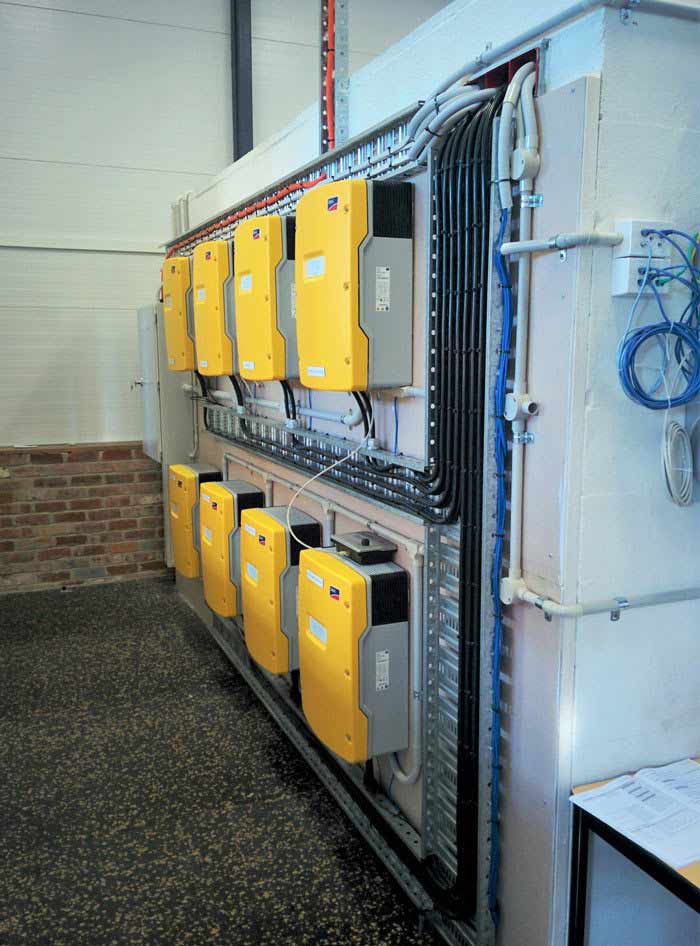
ITP Renewables built a climate-controlled fire-proof test room with the batteries installed inside it and connected to inverter units on the outside. Power was supplied from the mains grid. The aim was to cycle (charge and discharge) each battery three times each day, which over three years in the trial is roughly the equivalent of nine years of use in a typical setting.
This is more cycles per day than the batteries would experience in normal use, but the program wasn’t designed to stress the batteries unnecessarily. That said, the accelerated test program may have affected some batteries more than others.
Read the full reports for each stage of the trial.
Possibly the major lesson for CHOICE is that running a battery test is just as challenging and fraught with unexpected outcomes as we thought, and we’re very glad ITP did it instead.
Faulty and discontinued products
The battery trial encountered a number of technical challenges, including several batteries developing faults and having to be removed or replaced. Several models are no longer available, as companies collapsed or withdrew from the battery market, or the products were superseded by new versions. This illustrates how relatively new this technology and industry still is. The industry has already matured significantly since the battery test began and we expect this will continue.
Inverter integration
Integrating batteries with suitable inverters also proved problematic in many cases, in particular with the battery-inverter communications interface.
The trial has also demonstrated how difficult it is to devise a single test regime that covers several different battery chemistries and specifications, as they each have different performance limitations. It’s likely that the test regime worked better for lithium-ion batteries than for lead-acid, for example.
After the trial: Observations and wrapping up
Over the course of this project, the Battery Test Centre provided a very valuable amount of data and insight regarding the performance of a wide range of storage batteries.
As well as the lessons learned for consumers, noted above, ITP Renewables made some observations about the storage battery market.
- The company noted a trend towards integrated battery and inverter systems, or battery/inverter compatibility only between models from the same manufacturer. This removes some of the problems that might otherwise arise from mismatched inverters and batteries, but also removes some flexibility for installation.
- It also noted a trend towards high-voltage inverters and battery packs, which are generally simpler to install, more efficient and potentially less expensive.
ITP believes (and we agree) that the trial has overall been a success, raising interest in storage batteries with consumers and providing them with valuable data, and helping to increase accountability from battery manufacturers on the performance and support for their products.
With the trial complete, ITP is investigating options to decommission or dispose of the tested batteries and the testing facility itself, with a preference to finding a home for the products and equipment that allows ongoing knowledge-sharing, such as electrical training programs.
Acknowledgement
Our thanks to ITP Renewables for assisting us in producing this summary.

